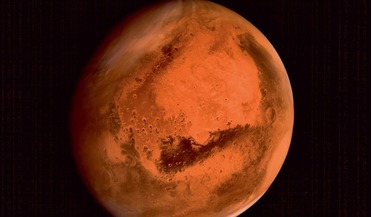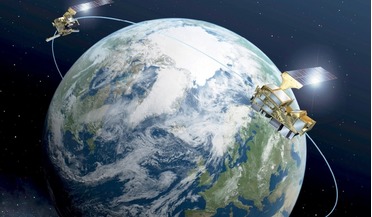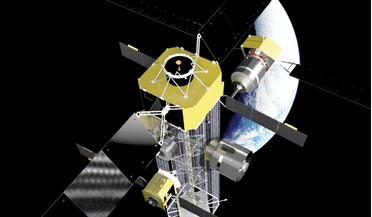 January 2018
Maximising the economic opportunities of deep space
January 2018
Maximising the economic opportunities of deep space
.... However, notably nearly all of this capital has flowed into space opportunities that are LEO and GEO based, with some limited opportunities focused on the Moon. But what are the potential opportunities for...
 December 2014
India joins the major league with the Mars Orbiter Mission
December 2014
India joins the major league with the Mars Orbiter Mission
... original plan was to have nine instruments weighing 25 kg in total, if the rocket had been the three-stage Geo-Synchronous Satellite Launch Vehicle (GSLV), which is capable of carrying more weight. However, there was some uncertainty...
 April 2018
Climate monitoring and the need for open access to global environmental satellite data
April 2018
Climate monitoring and the need for open access to global environmental satellite data
... observation strategies and improved data sharing. This resulted in the creation of the Group on Earth Observations (GEO), a new international organisation for which international data sharing was a key goal. The Copernicus Sentinel-5P satellite...
 May 2019
Wake-up call for debris creation in geostationary orbit
May 2019
Wake-up call for debris creation in geostationary orbit
... be denied is that debris-creating events are happening in GEO, through incidents like collisions and explosions, in addition to ...disposal’. The disposal solution has to be different for GEO (simply because the satellites cannot be de-orbited into the...
 September 2020
Tackling space debris - a global priority
September 2020
Tackling space debris - a global priority
...were treated as a vast and unlimited resource, and both GEO and LEO became dumping grounds for debris. However, this ...of mission objects in LEO, and limiting interference with GEO objects by defunct mission objects. Unfortunately, the guidelines have...
 September 2017
Measuring space debris risk
September 2017
Measuring space debris risk
... tracked have a size greater than 10 cm diameter in low Earth orbit (LEO) and greater than 1 m in geosynchronous orbit (GEO). This means that the whereabouts of the majority of orbital debris is unknown. Space agencies and companies are...